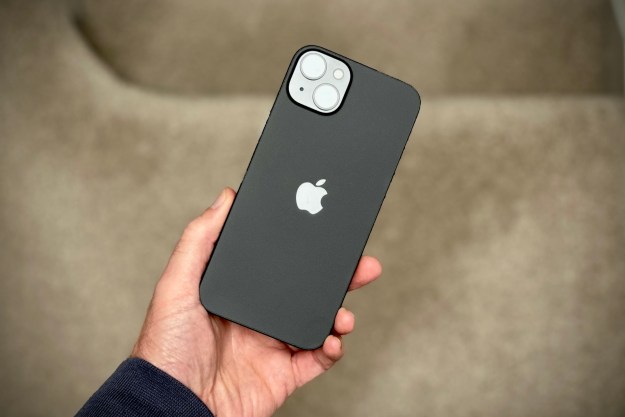The iMessage chat platform is one of Apple’s best ways to make you think twice about buying another company’s devices. But if the iPhone maker ever shifted its strategy, Microsoft’s CEO says his company would “welcome” it onto Windows 11.
In a video interview with the Wall Street Journal, CEO Satya Nadella listed iMessage as one example of an Apple feature Microsoft would gladly invite onto the Windows platform.

“Anything that Apple wants to do with Windows – whether it’s iTunes or iMessage or what have you – we would welcome that,” said the Microsoft chief executive.
The comment was part of a broader push by Microsoft to rebrand Windows as the most open of all digital platforms. Windows 11 will run Android apps installed through the Amazon App Store. You could even view Microsoft’s shifting of the Start Menu to the center of the taskbar as a metaphor for its desire for Windows to serve as a neutral middle path between Google’s and Apple’s competing ecosystems.
“Overall, we want to make sure our software runs great on Apple devices,” continued Nadella. “Windows works well with any software from anyone, whether it’s Google or Apple or Adobe or anyone.”
While that might make for good branding for the upcoming Windows 11, which begins rolling out later in 2021, Nadella has to know the odds of Apple accepting his invitation are low.
The popular iMessage provides beautiful blue chat bubbles, stickers, and an increasingly deep array of chat features that help lock its customers into its walled garden. It even has its own App Store.
But iMessage is only available on iPhone, iPad, Apple Watch, and Mac. Apart from complicated hacks that require using a Mac as a server, there’s no simple way to use iMessage on Windows or Android. Switch platforms, and you become a dreaded green bubble on your Apple-owning friends’ devices.

In a 2016 email thread revealed in the Apple-versus-Epic Games trial, Apple executive Phil Schiller confirmed the strategy. In response to an Apple employee who commented that “the #1 most difficult [reason] to leave the Apple universe app is iMessage . . . iMessage amounts to serious lock-in,” Schiller replied: “Moving iMessage to Android will hurt us more than help us, this email illustrates why.”
While that email referred to Android and not Windows, it wouldn’t necessarily be an enormous leap to assume the same line of thinking would apply to Microsoft’s platform, which competes with Macs.
Barring a dramatic change in strategy – perhaps in response to government antitrust threats – you shouldn’t hold your breath for iMessage to come to Windows or Android anytime soon. But if Apple changes its mind, Microsoft apparently wouldn’t hesitate to roll out the red carpet.
Editors' Recommendations
- Everything Apple says is wrong about the DOJ’s iPhone lawsuit
- Microsoft may fix the most frustrating thing about Windows updates
- How to save text messages on iPhone and Android
- Apple may have already killed Android’s newest iMessage app, Beeper Mini
- This app put iMessage on my Android phone — and it blew me away




